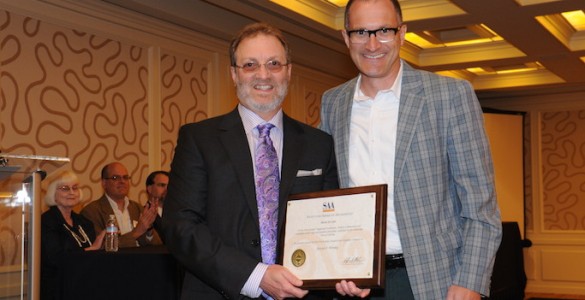
Steve Wernke, associate professor of anthropology, has been awarded the Society of American Archaeology 2015 Book Award in the scholarly category. The SAA is the leading archaeological association in the United States. The award is given to one book a year that, according to the SAA’s citation, “has had, or is expected to have, a major impact on the direction and character of archaeological research.”
Wernke’s book, Negotiated Settlements: Andean Communities and Landscapes under Inka and Spanish Colonialism (University Press of Florida, 2013),
Wernke’s discipline-spanning book emerged from a decade of archaeological, historical and ethnographic research to track the experience of the Collaguas, an ethnic group living in Peru’s Colca Valley, as they were subjected to successive Inka and Spanish imperial occupations.
During the 1570s, 1.4 million native Andeans were forcibly resettled by the Spanish into more than a thousand planned colonial towns designed to “civilize” them. Wernke integrated data from his archaeological surveys and excavations with evidence derived from archival documents to trace change and continuity in community arrangements and land use practices through the Spanish colonial era. “The result is an outstandingly effective study of ‘landscape’ as structured by human action and structuring of human possibilities.”
This boundary-breaking approach is characteristic of Wernke’s work. “My research takes place at the intersections of several disciplines: archaeology and history, prehispanic and colonial studies, anthropology and cultural geography,” he says. Wernke directs Vanderbilt’s Spatial Analysis Research Lab, which provides the computing infrastructure for advanced geographic information systems analyses and modeling.
The SAA’s citation concludes: “This elegantly written and generously illustrated book forms an exceptional model for studying the interface of local and imperial processes and for understanding lived landscapes through time.”